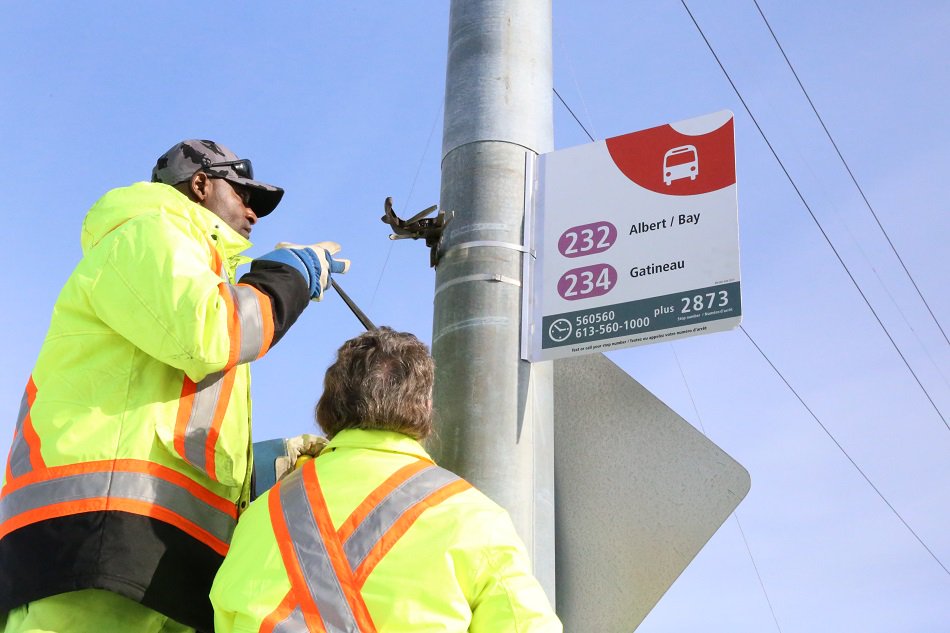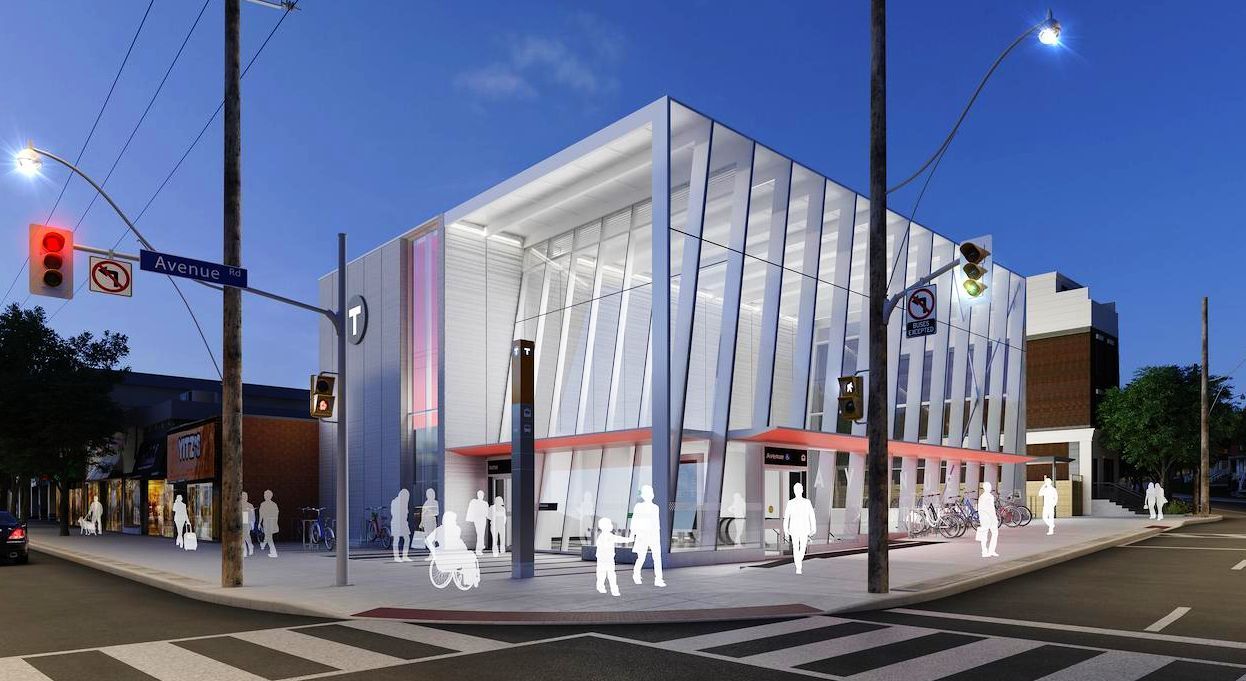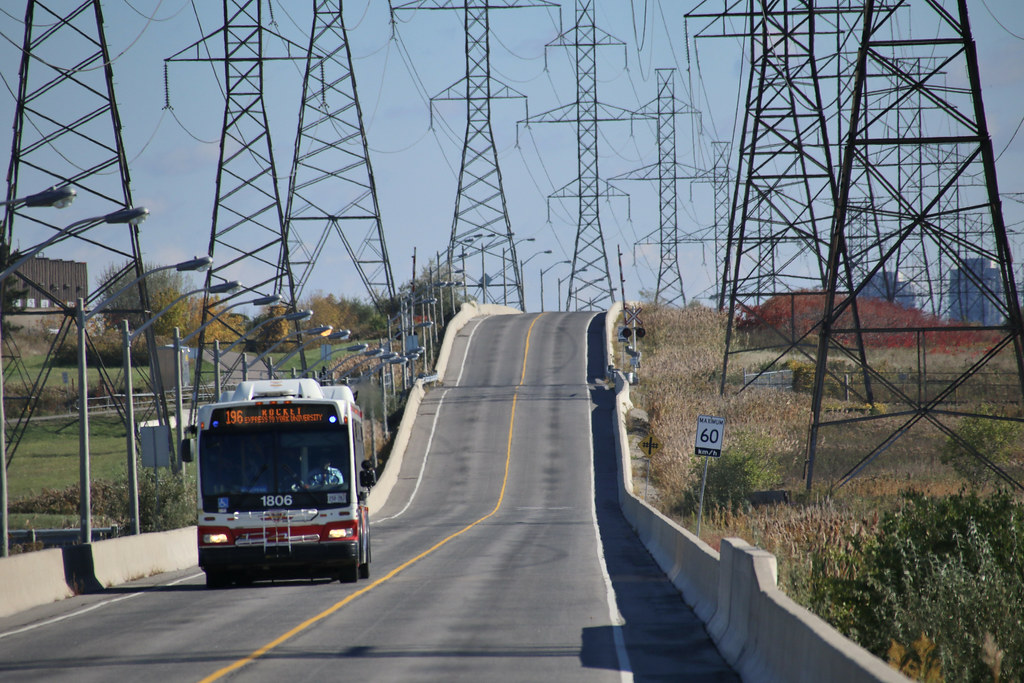Kyle Campbell
Senior Member
That being said, the Transitway logo is being phased out in favour of the big red O symbolizing all forms of higher order transit, and the O now appears on presto cards and as a cameo on bus stops







I wish Toronto had done on the Finch Hydro Corridor, what Ottawa did on the Confederation Line.
Perhaps it's been discussed previously since I'm relatively new here, but is there an issue with induction running a catenary system near and parallel to high voltage lines? The Finch corridor has 6 x 230Kv circuits.
It might actually be a thing, i never thought about it
https://electrical-engineering-port...ced-currents-in-transmission-towers-and-poles
What does this look like??If there is, I've never heard it. This could have been an awesome infrastructure project to bury the lines, and build grade separated surface LRT where possible while building a northern cross-town from Humber to Morningside Heights.

What does this look like??
http://cs.trains.com/trn/f/111/t/172186.aspxElectrification - Electric Power Company Co-Location / Overbuild of Transmission Lines with Catenary
Posted by Paul_D_North_Jr on Thursday, April 08, 2010 2:54 PM
As promised some months ago, here's a start on a little collection of photos of these in the Philadelphia area. I grew up seeing them fairly often, so I thought it was no big deal - evidently it is unusual, though.
[...]
The track is the NS - former Reading, then ConRail - Philadelphia-Reading main line along the Schuylkill River and the Schuylkill Expressway, on the west side of both, opposite the Manayunk section of Philly.
And one of the towers over the SEPTA ex-Reading Manayunk-Conshohocken-Norristown Branch, on the opposite/ east side of the river, at the School House Lane grade crossing, at:
- Paul North.
I did notice though the renderings for the crosstown seem to introduce a 'T' logo, similar to Vancouver, Seattle, Minneapolis and Boston
That's a pretty low bar given the number of systems involved, but I'd argue it holds up pretty damn well even against the full list of American systems. Although by that standard it's true like for like competitor are what, Seattle (hardly small), Honolulu and Buffalo (very much a previous generation of system at this point)... Maybe St. Louis? Not too many that even approach light metro out there.I really must say that the Confederation Line is the best small rail transit system in Canada based on design alone, blows Calgary and Edmonton out of the water. The stations are beautiful and the alignment is so interesting.




